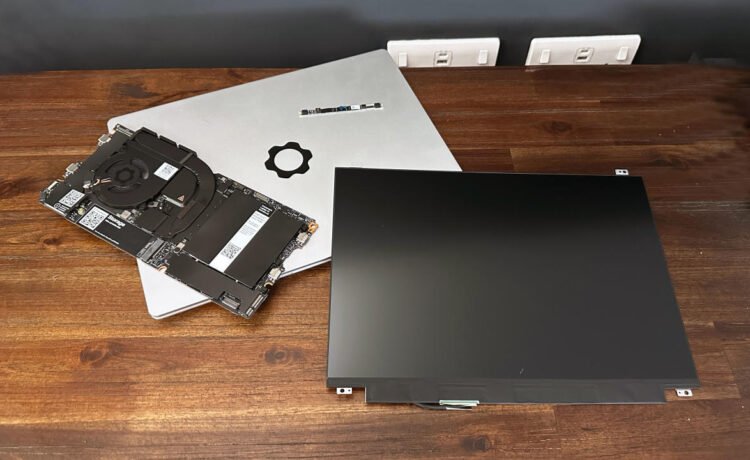It’s hard not to be awed by Framework’s commitment to its original 13-inch modular laptop, which it has been updating . When a new Intel (or AMD) chip rolls around, it builds new mainboards that can be swapped in to keep your machine on the cutting edge. And it’s done to ensure that the still-working mainboards that you no longer use can have a second (or third) life.
(Series 1) processors to its mainboards with the Ultra 5 125H, Ultra 7 155H and the Ultra 7 165H all available. These offer more efficient power use, better thermals and the option to add up to 96 GB of DDR5 RAM. To accompany the new silicon, the company has launched a second-generation webcam and display.
Given the need to fit into an existing template, the mainboards are almost identical to their predecessors. Except for the fact the thermal system has been tweaked to hopefully keep things cooler without as much noise. Intel’s new Core Ultra Chips are meant to be a little more gentle with their power consumption and how much heat they kick out. Existing Framework machines are notorious for spinning their fans to full whenever they get the slightest amount of workout.
Sadly, I haven’t had the upgrade in long enough to make any serious benchmarks, but it does appear to be a lot faster than its predecessor. The company says you should expect to see improvements in power efficiency, battery life and video and gaming performance. As for the fan noise, it’s a bit quieter than the previous model, especially when running games — which it can now do quite easily. You’ll still hear the fan when playing a game like Grand Theft Auto V, but it won’t sound like a jet engine taking off.
I have fewer meaningful things to say about the 2,880 x 1,920, 120Hz display. The only really notable difference is that while the original display had a peak brightness of 400 nits, this one will go all the way up to 500. The extra backlight is a mercy, especially in bright weather, but I’m less whelmed by the extra resolution.
Framework’s first-generation webcam was no slouch but even that is subject to the whims of time’s ceaseless march. The space constraints of laptop lids means it’s only now we can see better sensors, like the sort we see in phones, shrinking to the point of fitting in that gap. The is a 9.2-megapixel sensor with backside illumination and pixel binning: the former allowing for better low-light performance; the latter crunches the 9.2-megapixel picture to get a higher-quality 1080p image than we’ve seen before. In front of the sensor is a five-element, f/2.0 lens with an 87-degree field of view, again with the promise of better picture quality.
Installation of the webcam — and everything else — is, as usual, a breeze. But while putting the new module in is fine enough, the image you get out the other end isn’t a massive improvement. The colors are still pretty muted and I’m not sure, apart from some better detail, that I can see enough of a difference between both models to consider upgrading. And while the pixel binning does make the picture sharper, it’s not a night and day shift. While new buyers will get the new module as a matter of course, those with existing Framework Laptop 13s shouldn’t feel like they’re missing out.
You Might Also Like
TikTok removes Russian state-owned media accounts for ‘covert influence’
TikTok has announced in its US Elections Integrity Hub that it has removed accounts associated with Rossiya Segodnya and TV-Novosti,...
Apple’s AirPods 4 are already on sale in this early Prime Day deal
It has been less than a week since Apple released the AirPods 4, and there's already a small sale available...
Spotify’s AI Playlists are now available for Premium users in the US
Spotify’s beta AI Playlist feature is now available for Premium users in the US, Canada, Ireland and New Zealand. It...
OpenAI’s X account was hacked to promote a crypto scam
OpenAI opened a newsroom Twitter account earlier this month and it's already been hacked. The new handle was taken over...










